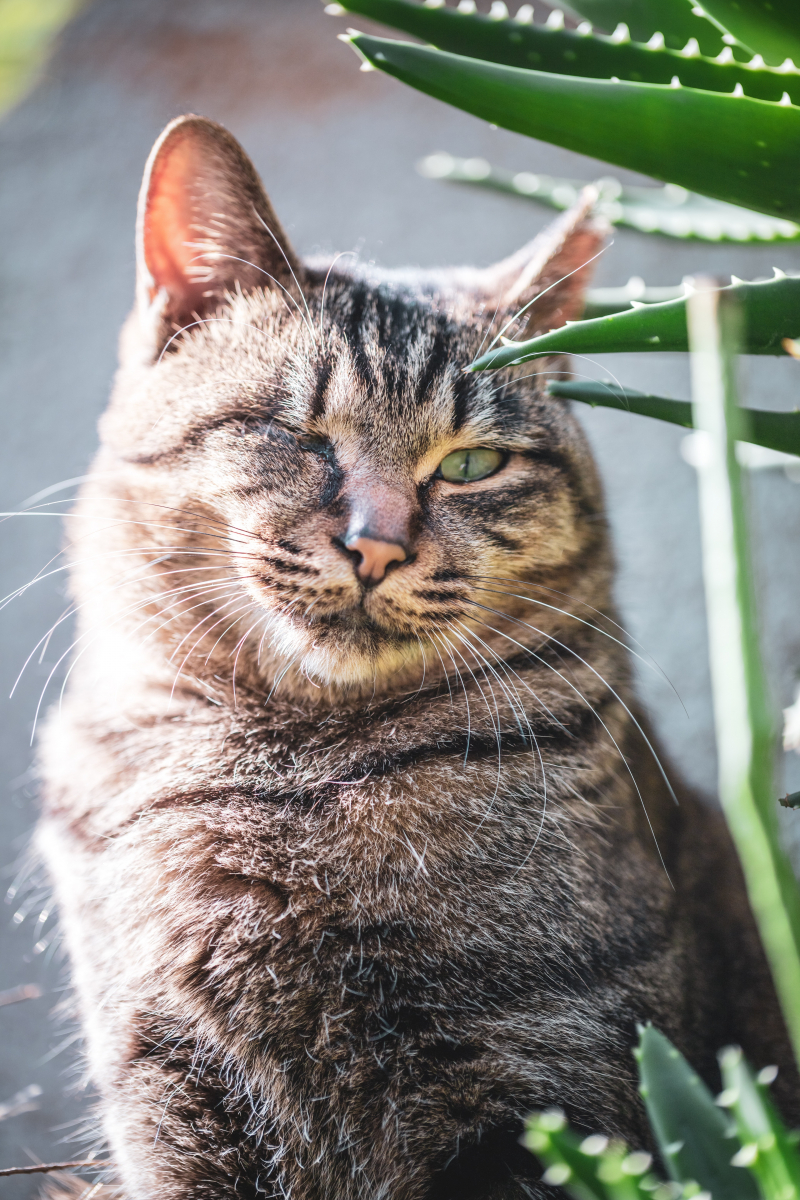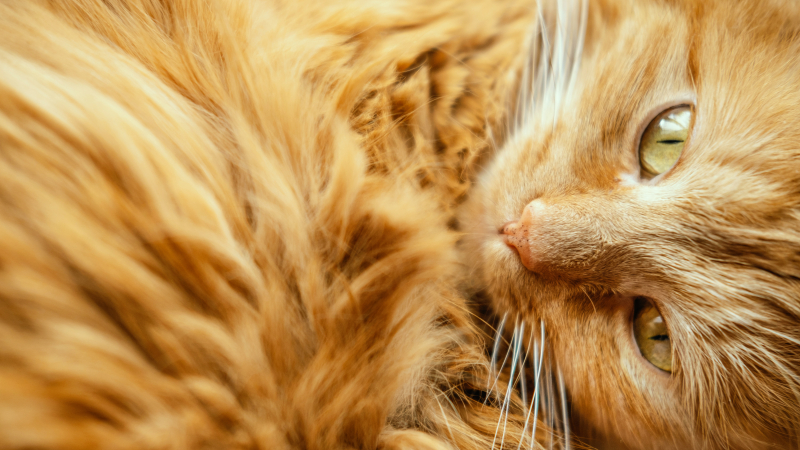. A Cat’s Purr

Cats were domesticated around 9,500 years ago, giving us plenty of time to try and figure out why they act the way they do. And you'll know that we haven't advanced that far if you've watched enough cat videos online. The cat's purr is one phenomenon that baffles science. A cat's larynx muscles contract and relax, causing the air inside to vibrate and produce the purring sound that we are all familiar with. That being said, what is the aim of the mechanism?
Although most people would assume that a cat purrs to indicate happiness, that isn't always the case. Cats have been seen purring under extreme stress and even when they are about to pass away. It's highly likely that you would capture a cat purring all by itself, seemingly for no reason, if you left it in a room with a camera and no stimulation at all.
It's probable that purring has a variety of causes. Cats purr louder when they are hungry and trying to convince people to feed them, just like kittens do while they are eating. They purr as they groom one another, and this may also serve a sort of self-soothing purpose. Yet with so many questions and so few definitive answers, we'll have to settle for the notion that it primarily occurs when people are happy, even if that also means a hundred other things.











